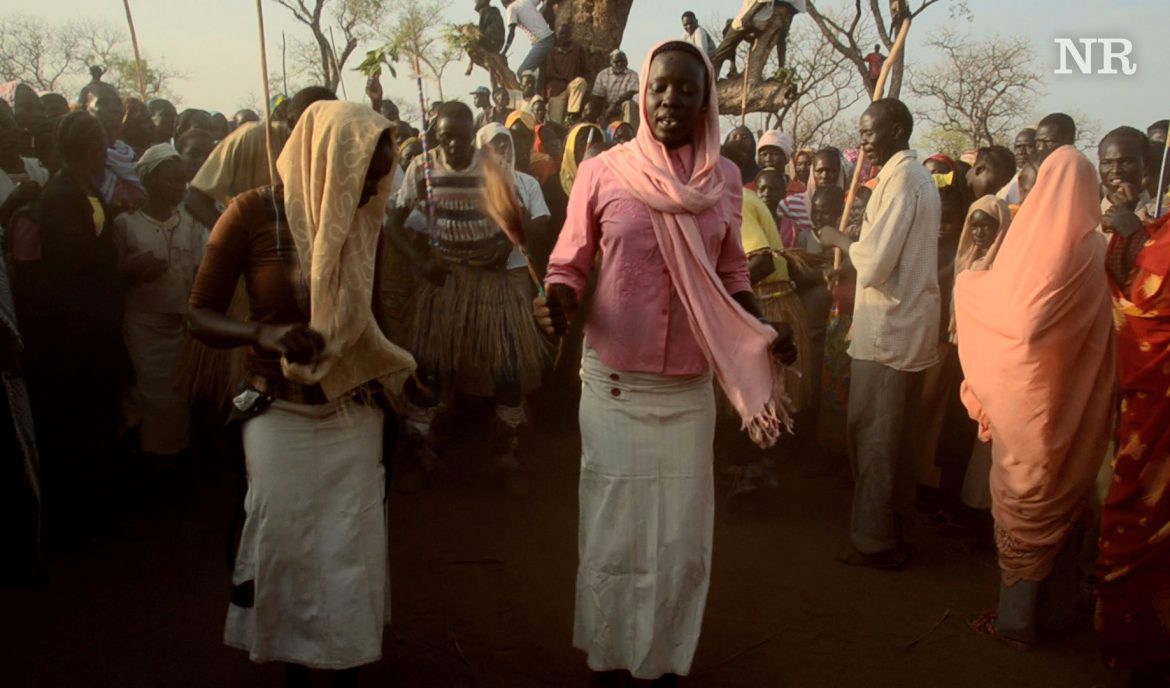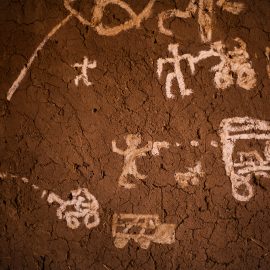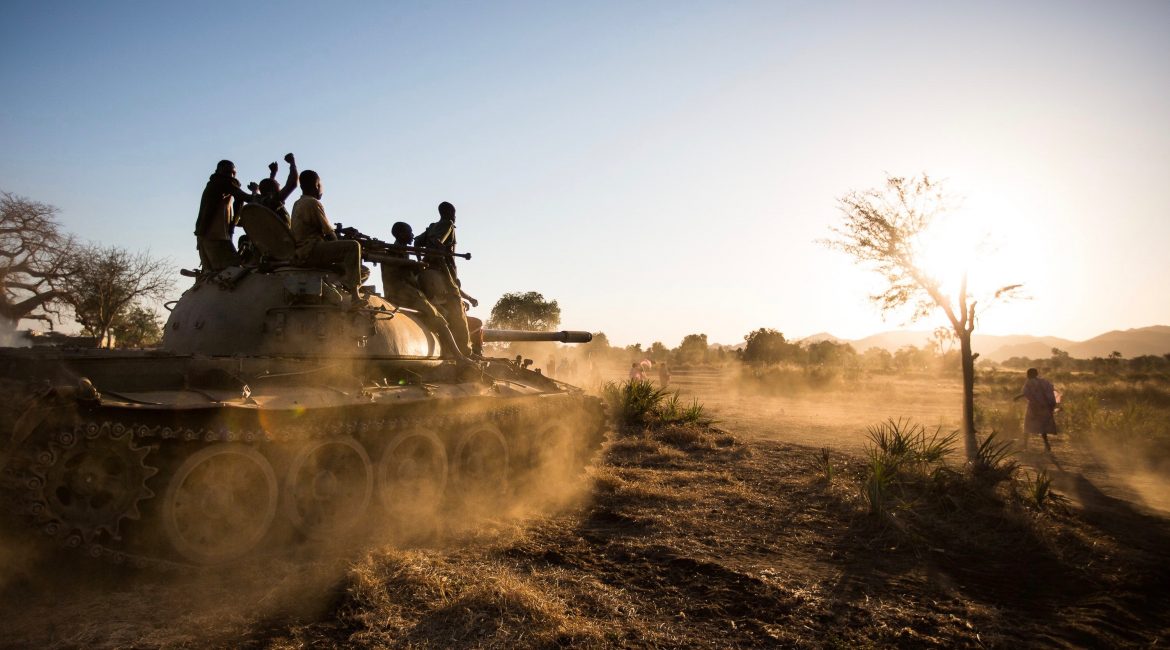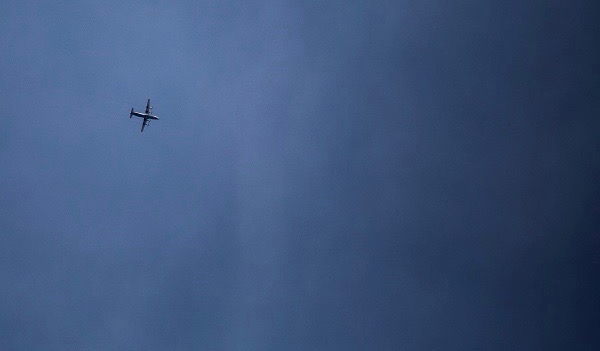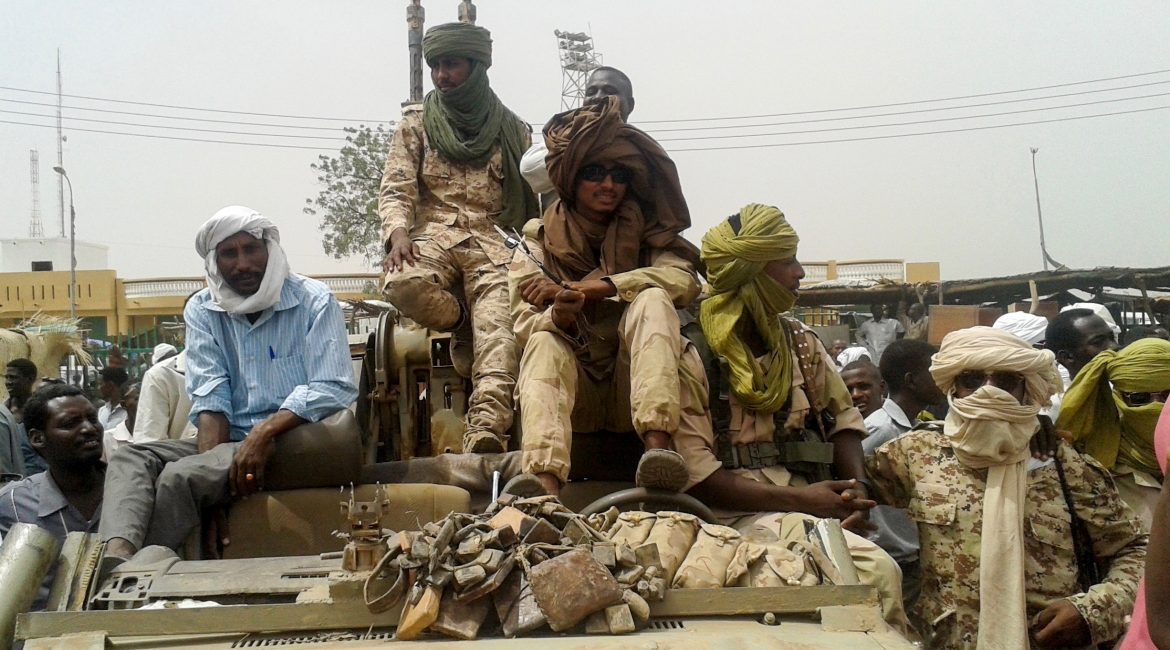One morning in the Nuba Mountains, Salma El-Baddry set off on the most difficult journey of her life.
It was nearly two years since bombs began falling – nearly every day – in South Kordofan. She strapped her infant son to her back and took her two other children in tow. They carried as much of their lives as they could manage – though it wasn’t much – and set off for the refugee camp in Yida.
She fought to feed her family in Kauda amidst the relentless bombing campaign, but the burden was too much to bear on her own. This season, she wasn’t able to plant enough food to survive through the rains, so she decided to the make the three-day journey south.
But Salma and her children found only closed doors. Officials had declared Yida full, leaving her with few options. Concerns over the camp’s militarization, host communities, logistical challenges, and distance to the border have long threatened the camp. Salma found herself in the middle of regional geopolitical tensions that threatened to push her family back into the war-torn Nuba Mountains.
War broke out in Sudan’s South Kordofan State in June of 2011. Since then the Sudanese Air Force has dropped bombs over the region on a daily basis. Nuba Reports has counted nearly 1,200 bombs dropped by MiG, Sukhoi and Antonov warplanes since April of 2012. While the rebel SPLA-N controls much of the territory in the Nuba Mountains, they have little to defend against the bombings.
The conflict has driven tens of thousands from their homes. Many have settled in Yida, a refugee camp just across the South Sudanese border.
YIDA AT A CROSSROADS
Yida’s location has long been a source of concern for the international community because of its proximity to the Sudan-South Sudan border and the conflict. Camp officials and donor governments – including the United States – have accused the SPLA-N of recruiting soldiers from within the refugee camps. While the SPLA-N has denied these accusations, officials continue to worry about the camp’s location.
In March, as UNHCR was preparing to officially open a new camp called Ajoung Thok, Yida’s population had swollen to around 71,000. Mary-Helene Verney oversaw the opening of Ajoung Thok. She said Yida’s size and remote location make it one of the organization’s most difficult operations worldwide.
“We are very worried about the possibility of having 100,000 refugees in one place. We know what that means from other countries. We know the problems of health that come with that; we know the problems of availability of water that come with that. We know the security problems that come with that,” Verney added.
According to UNHCR, 5,533 have settled in the new camp since opening in March 2013. However, that number falls far short of Ajoung Thok’s capacity of around 25,000 refugees.
Before refugees started streaming into the area, Yida’s population numbered roughly 500. Locals have complained about the refugees’ use of natural resources such as timber and fish, as well as the camp’s rapid expansion. Armed groups have also been a problem.
In March, camp police clashed with an armed militia group based near Yida, and the tensions quickly escalated into a gunfight that left one 2-year old child dead and at least 12 other civilians injured.
Following that incident, armed men from the local community stormed through the camp, burning down 40 homes and looting 25 refugee-owned shops. Thousands of refugees fled north to the border town of Jau. The South Sudan Army eventually stepped in to restore order, but many refugees opted to return to Nuba.
“In any refugee camp like in any large city, you will have at one point or another, problems,” said UNHCR’s Verney around the time of the incident.
In a letter delivered to UNHCR during a non-violent protest after the incident, refugee leaders said, “more than twelve thousand people from Nuba Mountains preferred to return to the Nuba Mountains, and die in their land than to be abused and mistreated by the host community.” While those numbers could not be verified, it is clear that many refugees decided to leave.
REFUSAL
When they arrived, Salma and her children found extended family in the camp, who provided shelter. But Salma arrived the same week the new Ajoung Thok was opened, and quickly discovered she and her children would not receive UN or NGO assistance in Yida.
“We told [registration officials] that we came to be in Yida not Ajoung Thok, but they said, ‘no, no, we don’t have a ration card for you, or any food to give you. Anyone who refuses to go to Ajoung Thok, we have no food for them here. You can go to Ajoung Thok or back to your home.’”
For many, Yida has become a center of the Nuba community during the war. The camp has reunited many families forced to flee the conflict in the north. Many have resisted the move to the Ajoung Thok, preferring to stay in Yida where they feel safer, closer to family and closer to home. But for those who arrived later, like Salma, there wasn’t a choice.
Osman Kafi, a refugee living in Ajoung Thok, described a similar encounter. “We tried to convince them to let us stay there [in Yida] but they said, ‘no way.’ After that they gave us the ration card for the new location. So, we left and came here.”
Salma said Ajoung Thok – without the protection of her family – simply wasn’t an option for her. “I am alone,” she said. “I have nobody to help me build there. There is no man to help me to build, but in Yida my family is close and I want to stay with them. That is why I don’t want to go.”
Without any means of feeding her children, Salma could only rely on her family’s rations for so long. After staying for a week in Yida with her family, she decided to return home.
TENSIONS OVER AJUONG THOK
While being touted as a solution to Yida’s many faults, some of the same controversy has arisen over Ajuong Thok.
In July, locals from the nearby town of Jamjam barricaded the road from Ajoung Thok to Pariang, one of the camp’s main supply-routes. The ease of resupplying the camp via Pariang was one of UNHCR’s main justifications for trying to move Yida’s refugees to Ajoung Thok. According to UNHCR, the local protest was due to flooding along their land after the road was built. UNHCR says the issues have been resolved with the local community.
And while Ajuong Thok is much further south than Yida and the border flashpoint, Jau, it sits relatively close to another of Sudan’s borders – this one controlled by the Sudanese forces. Ajuong Thok sits 54 kilometers from the northern border, but only 15 kilometers from the eastern border (Yida lies 15 KM from the northern border and 30 KM from the eastern border).
According to Nuban elders, the Ajuong Thok area served as a rebel garrison during the Sudanese Civil war. Many recall intense shelling of the area by Sudanese forces in nearby Talodi. The town’s association with that violent period remains strong.
Rather than live in Ajuong Thok, many – like Salma – have simply walked back to the Nuba Mountains, giving up the healthcare, schooling and food available in the camp.
But life isn’t always better back home. Walking back across the parched, yellow hills, she arrived at her home on a rocky Kauda hillside to find her grain store – and the last of her harvest – had burned to the ground.
She had to start from scratch, replanting her fields with borrowed grains. She could only hope the crops would produce enough to last until the next rainy season. In the meantime, her family can only eat about half of what they were able to afford before the war.
“The situation here in Nuba is that we are just worn out people and are living with hunger,” she said. “We just need to try to plant the land to get any food. Where else can we go?”

